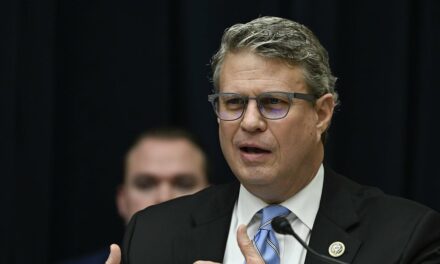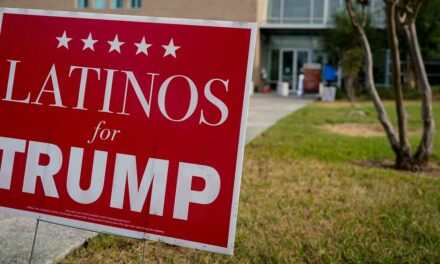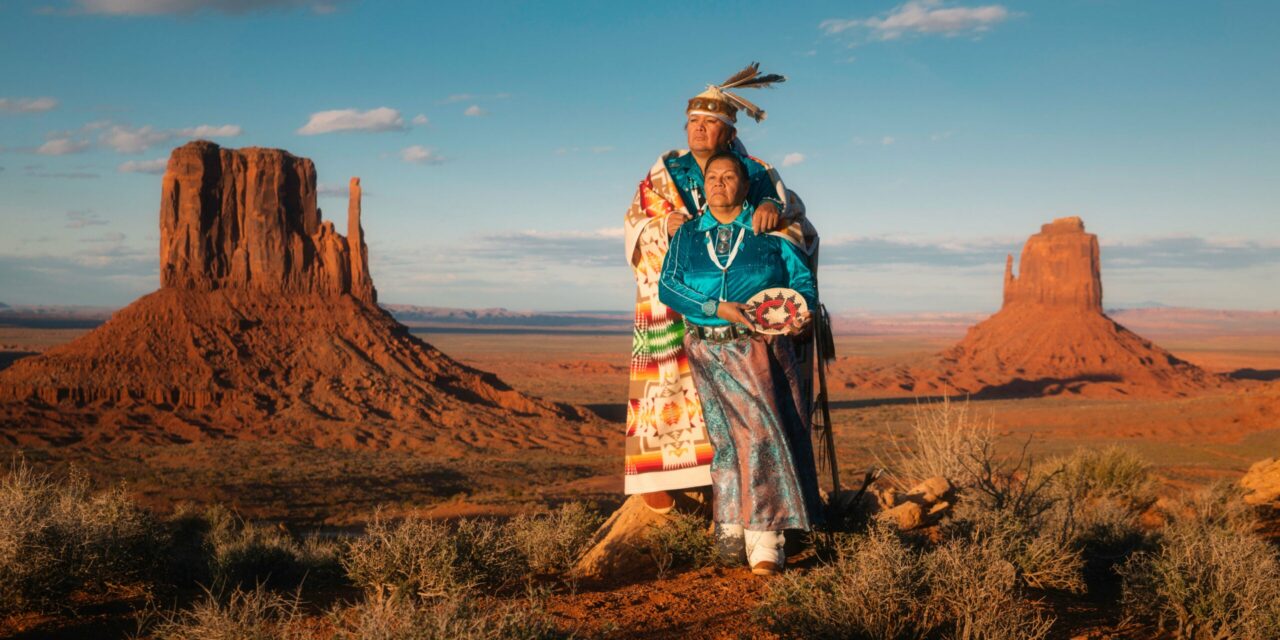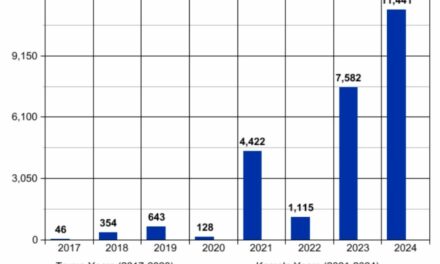We support our Publishers and Content Creators. You can view this story on their website by CLICKING HERE.
The Biden-Harris administration’s border crisis has had negative implications for all Americans, but one group that has suffered more than most—but received less attention than others—are American Indians living on reservations along the border.
As part of their efforts to smuggle drugs and traffic human beings across the southern border, Mexican cartels have specifically targeted and devastated these reservations.
Jurisdictional issues, insufficient law enforcement, and the open border all allow cartels to exploit tribal land and proliferate deadly substances like fentanyl on American Indian land.
Testifying before Congress earlier this year, Verlon Jose, chairman of the Tohono O’odham Nation in Arizona, revealed his tribal police force spends nearly half its time tending to immigration, drug smuggling, and other border issues.
In fact, the Tohono O’odham Nation spends $3 million of its own funds each year on border security. In 2020, the tribe’s drug-trafficking task force led an investigation into a cell of the Mexican Sinaloa cartel that seized 140 pounds of heroin and 20 pounds of fentanyl powder.
Just three years later, in December 2023, thousands of newly arrived illegal immigrants camped out on the Tohono O’odham reservation, angering tribe members as the massive group left behind trash and chopped down local mesquite trees for firewood.
That reflects a standard cartel tactic of funneling large groups of migrants across the border in one sector, distracting law enforcement while they smuggle drugs across elsewhere.
The Tohono O’odham reservation has been uniquely vulnerable to such issues due to its location on the Mexican border. But they’re not the only American Indians suffering at the hands of the Biden-Harris administration’s border policies. Even tribes in far-flung Montana have felt the consequences of—and spoken out about—the border crisis.
In February, the devastation the cartels had brought to the state and its reservations came to light. Montana’s isolation has resulted in drug prices 20 times higher than in major cities, attracting powerful cartels able to establish a monopoly on the trade.
“Right now, it’s as if fentanyl is raining on our reservation,” said Marvin Weatherwax Jr., a tribal business councilman in the Blackfeet reservation and member of the Montana state House of Representatives.
“There is no doubt that the Mexican drug cartels are playing a major role in this crisis,” testified Bryce Kirk, a councilman for the Assiniboine and Sioux tribes of the Fort Peck, Montana, reservation. “They have found their way to the Fort Peck Indian Reservation and embedded themselves in our communities and our families.”
Stacy Zinn, a former Drug Enforcement Administration official in Montana, testified before Congress in June that drug networks associated with both the Jalisco New Generation and Sinaloa cartels had been discovered and dismantled on several reservations and across the state.
Over the past few years, these discoveries led to the prosecutions of several dozen cartel affiliates. Furthermore, Zinn claimed her DEA office was seriously unequipped for the monumental drug problems in Montana, with only four officials covering the entire eastern portion of the Big Sky State.
One of the reasons that cartels gravitate to Indian land is that it is more difficult to arrest them there. Tribal law enforcement officers only have the authority to arrest and prosecute fellow tribe members, while local and state law enforcement generally lacks jurisdiction on tribal lands without explicit permission from the tribes.
That has forced reservations to rely on the slow work of the FBI and other federal officials to secure warrants and arrests for cartel members. The criminals can thus move in and out of Indian land without fear of quick law enforcement action.
In an April congressional hearing, President Jeffrey Stiffarm of the Fort Belknap Indian Community in Montana specifically blamed the crisis on the inaction of the federal government.
“The FBI doesn’t do anything on the reservation unless we have a death or serious crime,” he said. “They are reactive, not proactive.” Fort Belknap’s chief of police in June called on the Biden-Harris administration to secure the southern border and asked Congress to enact harsher penalties on fentanyl and methamphetamine.
“We are fighting a losing battle. The cartels are winning. The drug dealers are winning,” Stiffarm said.

 Conservative
Conservative  Search
Search Trending
Trending Current News
Current News 










